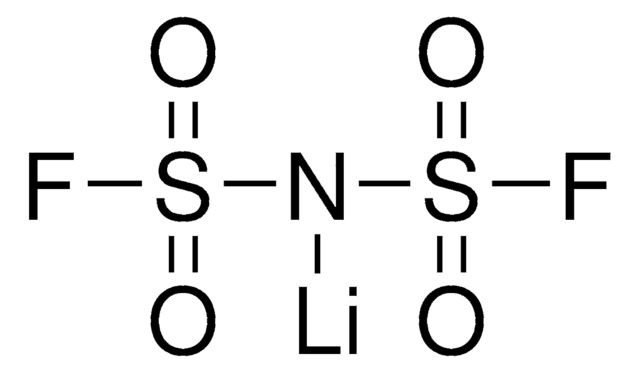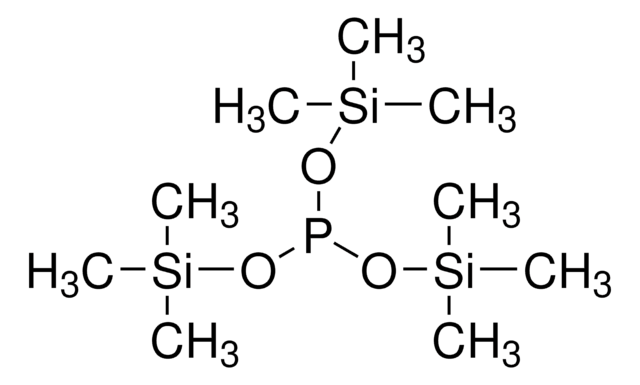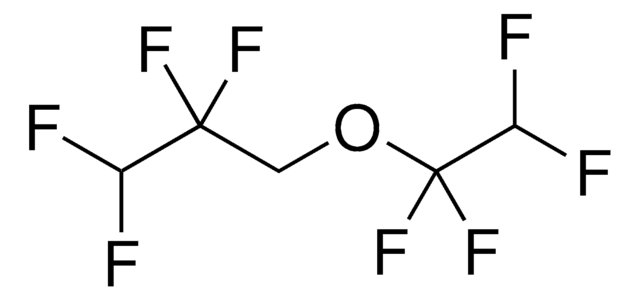933708
Lithium difluorophosphate

≥99% trace metals basis, acid ≤ 200 ppm, battery grade
Synonym(e):
LiDFP, LiF2PO2, Lithium difluorophosphinate, Lithium phosphorodifluoridate
About This Item
Empfohlene Produkte
Qualität
battery grade
Qualitätsniveau
Beschreibung
acid ≤ 200 ppm
Assay
≥99% trace metals basis
Form
powder
Verunreinigungen
≤200 ppm acid
Kationenspuren
Ca: ≤5 ppm
Cr: ≤10 ppm
Fe: ≤5 ppm
K: ≤5 ppm
Na: ≤5 ppm
Pb: ≤5 ppm
Anwendung(en)
battery manufacturing
Allgemeine Beschreibung
Anwendung
Ähnliches Produkt
Signalwort
Danger
H-Sätze
Gefahreneinstufungen
Acute Tox. 3 Oral - Acute Tox. 4 Dermal - Aquatic Chronic 2 - Eye Dam. 1 - Skin Corr. 1B - STOT RE 1
Lagerklassenschlüssel
6.1C - Combustible acute toxic Cat.3 / toxic compounds or compounds which causing chronic effects
WGK
WGK 3
Hier finden Sie alle aktuellen Versionen:
Analysenzertifikate (COA)
Leider sind derzeit keine COAs für dieses Produkt online verfügbar.
Wenn Sie Hilfe benötigen, wenden Sie sich bitte an Kundensupport
Besitzen Sie dieses Produkt bereits?
In der Dokumentenbibliothek finden Sie die Dokumentation zu den Produkten, die Sie kürzlich erworben haben.
Unser Team von Wissenschaftlern verfügt über Erfahrung in allen Forschungsbereichen einschließlich Life Science, Materialwissenschaften, chemischer Synthese, Chromatographie, Analytik und vielen mehr..
Setzen Sie sich mit dem technischen Dienst in Verbindung.











